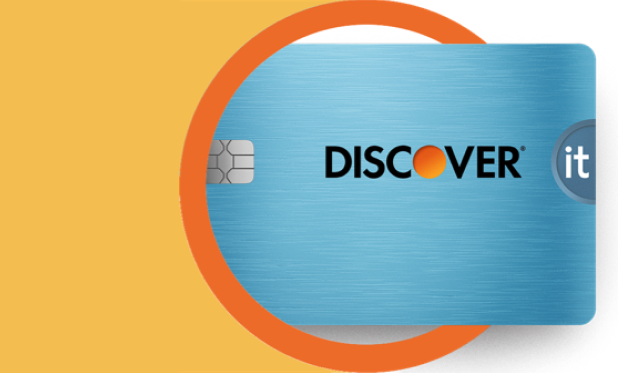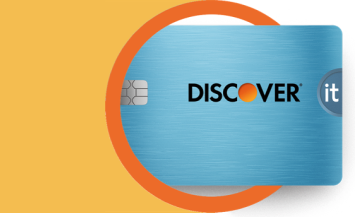If you just bought a new house, it might take some renovations to transform it into your dream home. For those who entertain, you might want to expand your kitchen to host dinners and add a new backsplash to impress your guests. On the other hand, if you've had your home for many years, changes like transforming a spare bedroom into an office might help you meet your family's changing needs. For others, your home might need some basic repairs to address life's wear and tear.
A credit card may help you cover unexpected repairs or partially finance a large project, like building a home theater or remodeling a kitchen. Whatever your reason for home improvement projects, the right financial tool could help you get the job done while staying on top of your financial goals.






